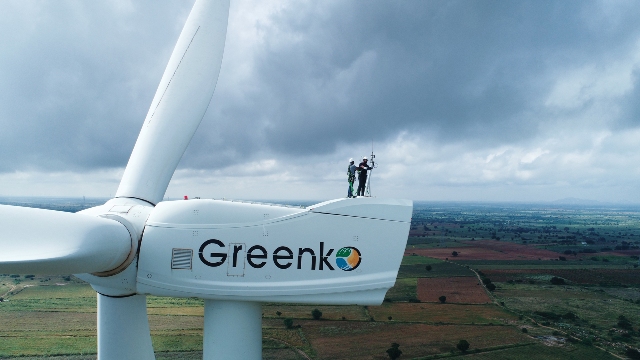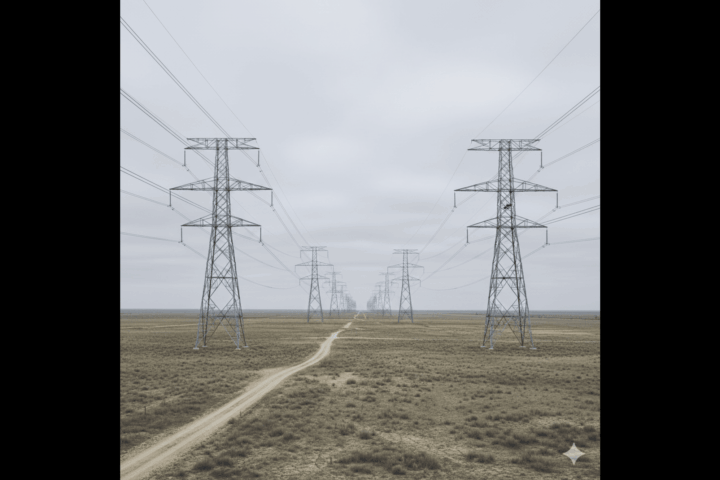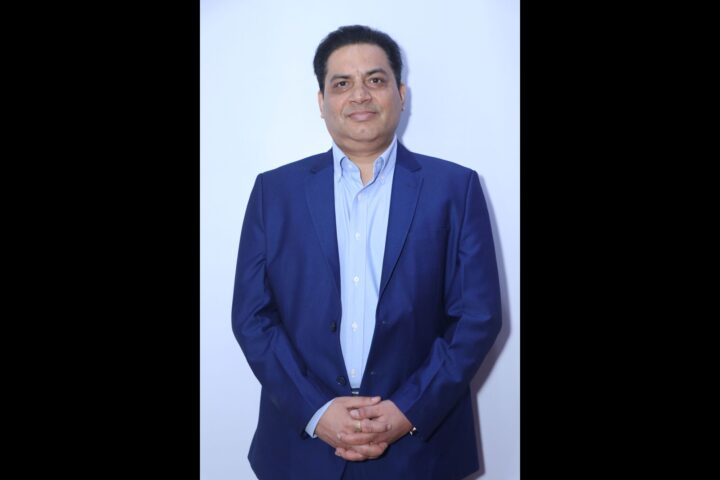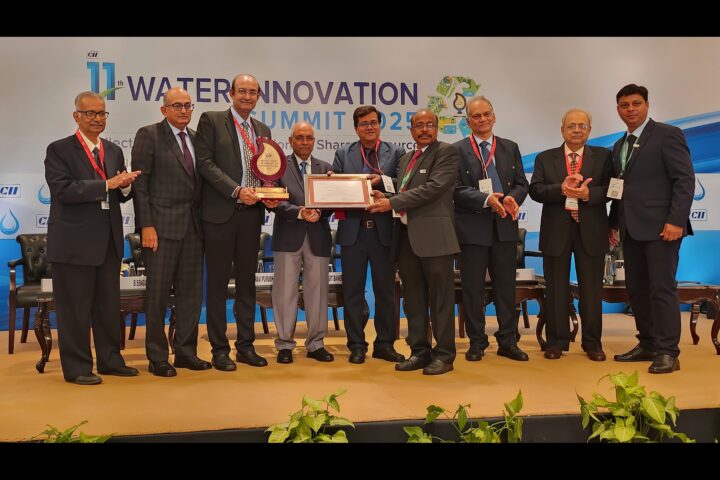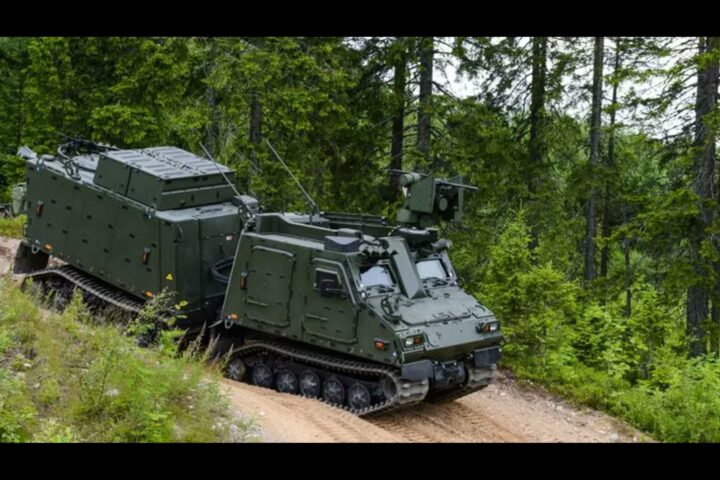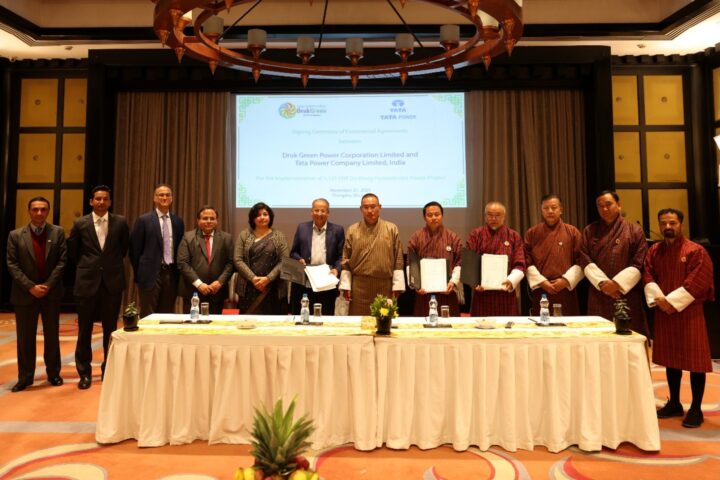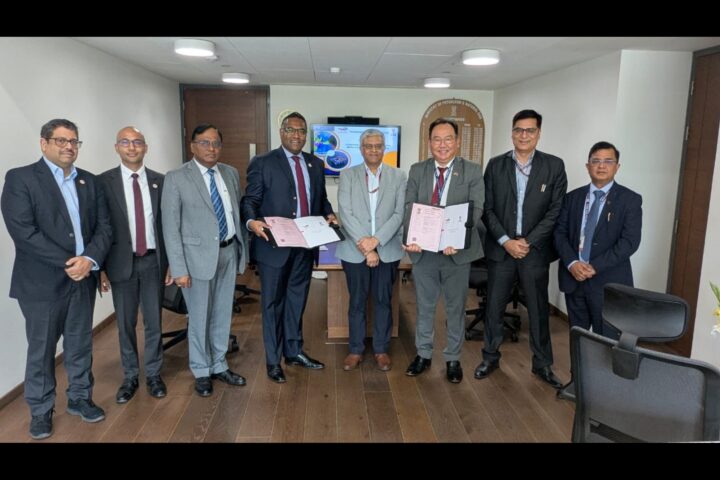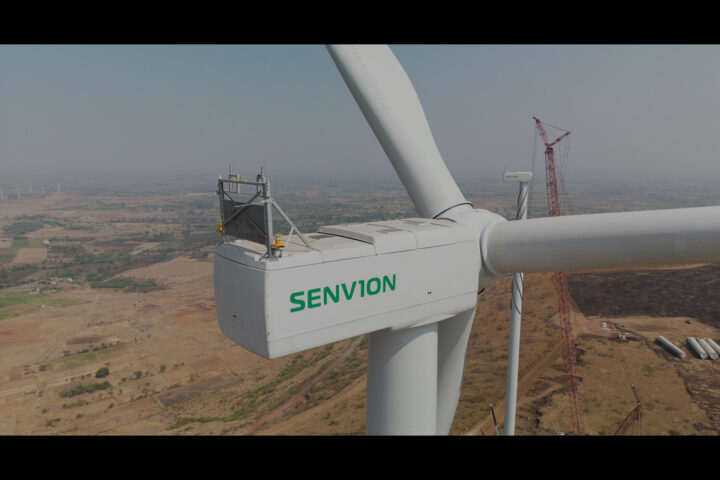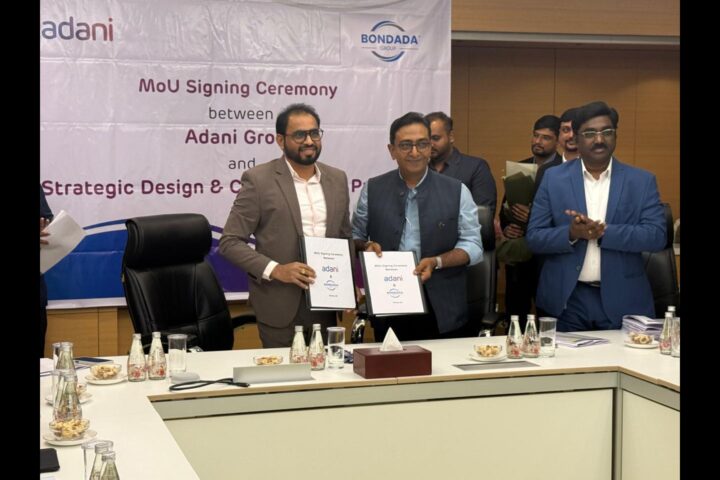India is going through a revolution in renewable energy (RE). During fiscal years 2016–2020, the Indian RE generation space saw a compound annual growth rate of 17.33 percent. This was fueled by dedicated support from the government in the form of RE-focused policies such as the Green Energy Corridor Project and increased investment in the sector. Since 2014 more than US$42 billion has been invested in India’s RE market. The Indian government is aiming to reach a target of total installed capacity of 227 gigawatts (GW) by 2022 and 523 GW by 2030. This will include almost 73 GW from hydro. Due to these factors, India is ranked third globally in investments in RE.
Greenko Group (Greenko) is helping drive this change to RE in India. Greenko is a leading energy solution provider in the changing energy landscape of India. With a total installed capacity of 7.5 GW, which includes wind (2000+ wind turbines), solar (5+ million solar panels) and hydro (25 sites), Greenko has electrified over 6.3 million households and has removed an equivalent of over 17 million tons of carbon dioxide from the atmosphere.
Greenko’s corporate strategy is focused on powering India with decarbonized, digitized, and decentralized energy assets. Toward this end, Greenko has moved from being a pure-play RE producer to a long-duration energy storage (LDES) provider. LDES providers address system challenges such as balancing electricity supply and demand and changing transmission flow patterns with corresponding decreases in system stability. They can accomplish this through a balanced combination of intelligent energy platforms and pumped storage systems, like Greenko’s Integrated Renewable Energy Storage Projects (IRESPs). IRESPs will harness the power of solar and wind resources with digitally connected storage infrastructure to provide scheduled and flexible around-the-clock power to the grid. Greenko has license to build and operate multiple IRESPs across five states in India with a daily storage capacity of 40 gigawatt-hours (GWh).
Addressing challenges in its renewable energy monitoring architecture
Greenko’s IT infrastructure was completely on premises, with data centers located in the city of Hyderabad. The company observed the following challenges with its RE asset monitoring architecture:
- It needed high availability, scalability, security, and storage capacity. As Greenko increases its fleet size across the country, the on-demand availability of IT infrastructure was a challenge. A lot of investment goes in the form on CAPEX and OPEX for the expansion and maintenance of the on-premises data centers. In particular, the cost of storage in historians is increasing annually as the fleet size increases.
- It was collecting telemetry data every 30 seconds per RE asset (eg, wind turbines). However, the company faced a demand to increase the frequency to every 10 seconds. This was needed to run advanced analytics use cases like generation forecasting, predictive maintenance, minute level trading, and others. The 10-second data would lead to triple the volume of data being ingested, putting more stress on the on-premises infrastructure.
- There was no consolidated view of the data because the RE data was residing in two kinds of silos – the local MySQL databases at asset sites and the historian database through Open Platform Communications (OPC) at a central location. This led to reduced response times when there was a sudden demand for data, such as to process a performance curve comparison report of two assets in two different geographies for two different seasons. The on-premises system took some time to respond because it needed to collate the data from the various silos.
- Mix of third-party and internally developed visualization tools lack flexibility and increase O&M costs: For real-time data visualization Greenko, is using third-party IDEs and internally developed web applications. Today, Greenko are looking at more diversity and flexibility in its dashboarding capabilities, making use of technologies such as AI/ML and advanced analytics, without incurring any additional costs.
Launching a minimum viable product (MVP) program using AWS
In December 2020, the India account team of Amazon Web Services (AWS) contacted Greenko to introduce the team’s work in the RE space, including the work outlined in Real-time operational monitoring of renewable energy assets with AWS IoT. The AWS team engaged Greenko representatives, including the Greenko leadership team: Tirumala Raju Mandapati, head of information and communication technology (ICT), and Sateesh Konduru, general manager of ICT.
AWS presented a dive deep into the concepts of using the Internet of Things (IoT) on AWS and how AWS IoT services can be a vehicle to deliver part of the Greenko corporate strategy – the digitization and decentralization of renewable assets. AWS recommended a pilot program with a quantifiable minimum viable product (MVP) that resolves an important use case and highlights the capabilities that AWS IoT has to offer.
Greenko accepted the recommendation, and in April 2021 it delivered a pilot scope and an MVP was finalized. The MVP was to be performed on one of the largest Greenko wind farms in the city of Poovani in the state of Tamil Nadu. Greenko named the MVP Greenko Wind Farm Health 1.0.
Looking to the future
In the future, Greenko will continue to work with the AWS team to onboard approximately 1,100 wind turbines to the cloud. Greenko will soon expand this effort to solar and hydro assets as well. At the same time, Greenko will continue to collaborate closely with the AWS team on its goals of establishing integrated renewable energy projects and deploying ML-based predictive maintenance and energy forecasting use cases.


